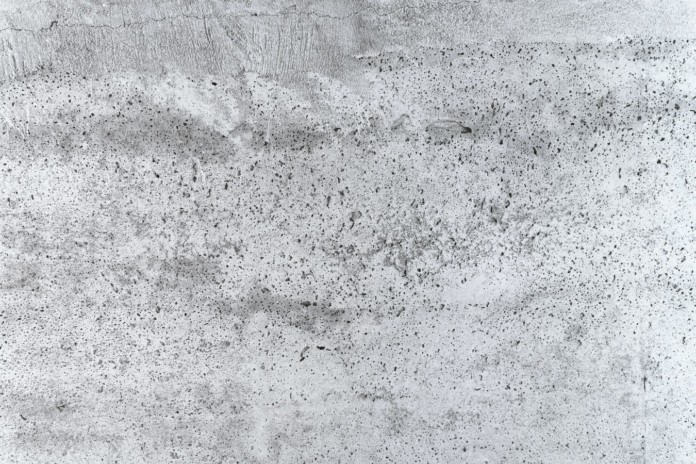Concrete pavers can transform the look of any outdoor space. If you have some free space available in your house and are planning to install concrete pavers, we have great news for you: you can DIY the whole project. All you need are a few basic materials, handy tools, and a guide to tell you exactly what needs to be done.
Here is everything you need to know about installing concrete pavers yourself.
Tools and Materials Required
Before you begin the installation process, it is important to have all the tools and materials ready beforehand. This will save you the hassle of leaving your project in between and heading down to the hardware store in case you need an additional material. For tools, you will need a few shovels, a cold chisel, and a diamond edge wet saw. All three of these tools can be found at your local hardware store. The tools will help you clear the area and screed sand without any hassle.
Since installing concrete pavers can become a fairly complicated task, it is essential to have all the materials at hand to avoid any mishaps. You will need concrete, masonry sand, and of course, the concrete pavers that you wish to install.
DIY Guide to Installing Concrete Pavers
Now that you have all the materials you need, you can finally begin your project with this simple step-by-step guide.
Step 1: Clear the Area
Since installing concrete pavers does require some excavation of the outdoor space, you should clear the area in advance. Before you start digging, make sure you contact the local utility company to identify any gas and water lines that you should be careful of. Once you have gotten the clearance, you can start using shovels and wheelbarrows to remove any dirt and debris present in the outdoor space.
Step 2: Spread Concrete
After you are done digging through the courtyard, it is time to fill the area with crushed concrete. The rule of thumb is to use cover the entire soil area with approximately 2 inches of crushed concrete in an even manner. You can use the back of your shovel to press down and ensure that the concrete is spread evenly on the surface.
Step 3: Screed Sand
Before you start screeding sand, keep in mind that you will not have access to the area that you have screeded since you cannot walk over it. Plan your screeding process properly and work in small areas instead of screeding the entire area at once. Lay the conduit poles with a 2 ft distance and begin screeding.
Step 4: Install Pavers
Now that you are done with all the preparation, you can start laying the concrete pavers on the surface. A great tip is to always install concrete pavers with the rough edge facing upwards since this can give your courtyard an aesthetic stone look. If you struggle to keep the concrete pavers flat on the newly excavated surface, then you can gently tap on it using a rubber mallet. Alternate between screeding small sections of your courtyard and installing concrete pavers until you have covered the entire surface. If you plan to install a fountain in the middle, then leave the designated space open.
(Optional) Step 5: Make the Fountain Foundation
To install the fountain, you will need to position and level four large cinderblocks on the space where you want your fountain base to be. Using these blocks is important since it balances the weight of the fountain and prevents any accidents in the future. Once you have installed the cinderblocks, you can continue using a cold chisel to install more concrete pavers along the edge of the fountain base. Here, you can use the diamond blade wet saw to customize the size of the concrete pavers to fit your fountain foundation area perfectly.
Step 6: Make a Restraining Wall
If you have flowerbeds along the edges of your courtyard, then it is important to make a restraining wall that prevents any dirt and water flowing from the plants. Simply position some concrete pavers in an upright position along the edges in order to protect your new courtyard space.
Step 7: Add the Fountain
This step is only for those who are planning to add a fountain to their courtyard. Position the fountain above the base of cinderblocks and add an additional row of concrete pavers along the sides. This will act as a second restraining wall and keep your fountain safe.
Step 8: Spread Sand
Once you are done adding concrete pavers and are satisfied with the positioning, you can start adding masonry sand to fill the small spaces between each paver. You can also add additional masonry sand above the concrete pavers in order to create a protective cushion over the surface.
Step 9: Re-Sweep and Clean
To finish off your project, you need to re-sweep the entire courtyard area with dry sand. You might have to repeat the last step a few times until the sand has settled into the spaces between the concrete pavers and has become compact enough to remain in position.
In case you need professional help with re-modeling your courtyard, you can always rely on the experts of Orange County paving. Although a DIY project might be fun, it is certainly tiresome to complete all this labor work.




